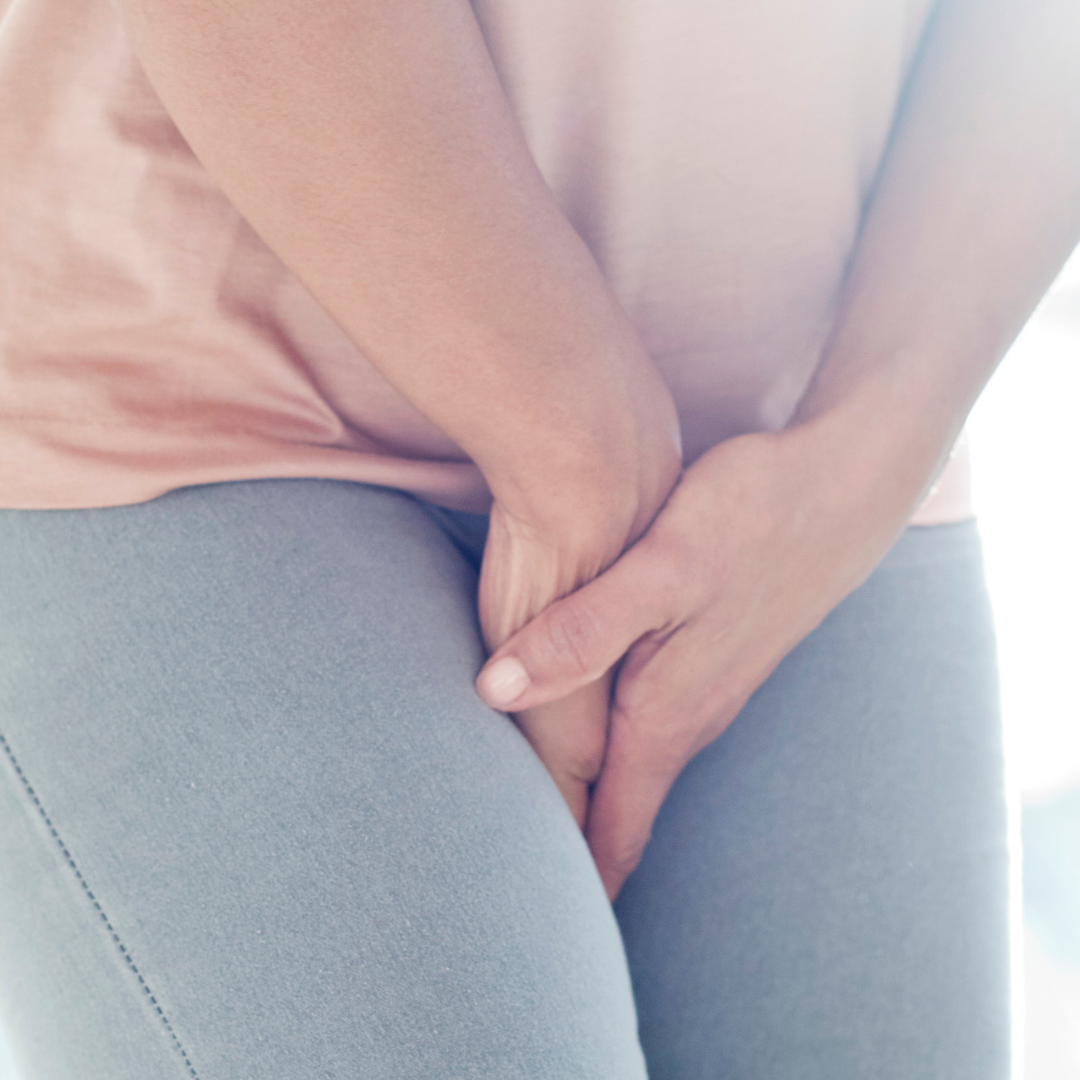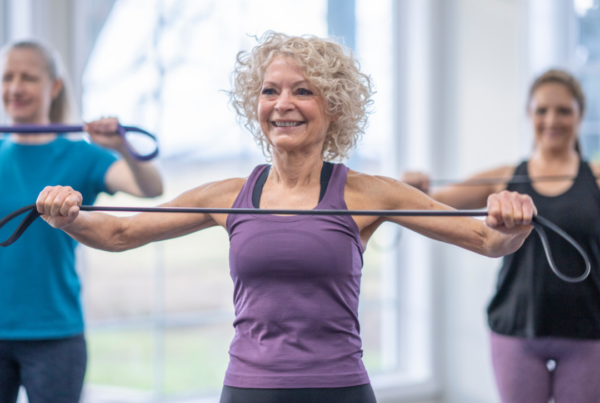Low oestrogen levels cause reduced blood flow to your urethra and bladder. This causes symptoms such as pain passing urine, frequency, incontinence and recurrent infections. Unfortunately these symptoms do not resolve as you pass beyond menopause but tend to worsen over time.
Urinary problems are part of the genitourinary syndrome of menopause (GSM). This is the broad term for the symptoms involving the vagina, bladder and pelvic floor associated with low oestrogen levels. These tissues contain many oestrogen receptors and it is a valuable hormone for keeping them plump and healthy.
Here we focus on the urinary or bladder symptoms of GSM but remember that the health of your vagina also has an impact on the health of your urinary system which is right next door.
Incontinence refers to losing urine (or even faeces) when you don’t mean to and there are different forms. Stress incontinence is peeing when you strain such as in running, jumping, coughing or sneezing and relates to pelvic floor weakness; urge incontinence happens when you pee because you can’t make it to the toilet on time and reflects bladder irritability.
Getting up more often during the night is common. A major cause of this is simply just habit – ‘I’m awake, so I best get up and pee’ – and it can be unlearned.
After menopause it is more common to get urinary tract infections and experience painful or burning urination even when you don’t have an infection. Pelvic prolapse is also more common after menopause where organs and tissues in the pelvis sag into the vaginal wall and can make incontinence worse.
Urinary problems are more common in the time of postmenopause and the longer you’ve had low oestrogen levels but incontinence is surprisingly common and a problem that women of all ages experience, even if they haven’t had children.
Treatments for urinary problems:
It is really vital you maintain healthy vaginal and urethral tissues and develop healthy habits. The reason a healthy vagina helps your waterworks is because it reduces the risk of infection and supports a normal flora (vaginal microbiome).
-
use oestrogen either straight into the vagina or systemically (via gel, patches or tablets)
-
use vaginal moisturiser
-
pelvic floor strength work
-
pee after sex to flush out the bugs
-
lose excess weight
-
try a vaginal probiotic (by mouth or inserted into the vagina)
-
zinc supplementation for your skin if you cannot use oestrogen.
Vaginal oestrogen pessaries (or vaginal tablet) are absorbed deep enough to benefit the urethra which lies just in front of the lower wall of the vagina. It is best to insert the pessary low in the vagina and not high (where you would a tampon) for this reason.
If you are experiencing bothersome incontinence, a women’s health physiotherapist can help you. You will need to focus on your pelvic floor – women have trouble with both strengthening and relaxing,. Your physio may do an internal examination and recommend you use little instruments inserted into your vagina for practicing your pelvic floor exercise (some also call these “Kegels”).
If you are experiencing recurring bladder or urinary problems you should have a physical examination with your doctor who may also order additional tests.






